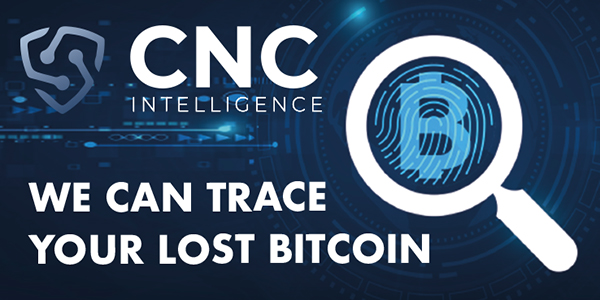In today’s fast-paced financial world, investors are constantly faced with the risk of losing track of their assets. With numerous investment options and complex financial transactions, it’s easy to become disoriented and lose sight of one’s money. This phenomenon is often referred to as a “lost asset” or a “missing chunk” of money. In an effort to recoup these funds, investors need a reliable strategy to trace and recover their lost money.
A SMART Edge investment approach is essential in this quest. SMART is an acronym for Specific, Measurable, Achievable, Relevant, and Time-bound. It’s a flexible and adaptable approach that enables investors to set clear goals, create a roadmap, and track progress. By integrating SMART principles, investors can minimize the risk of losing track of their assets and maximize their returns.
The SMART Edge investment philosophy begins with the identification of a specific goal or objective. In this case, the goal is to trace and recover lost money. Investors should clearly define their objective, considering factors such as the amount lost, the potential causes of loss, and the desired outcome.
Next, investors must establish a measurable plan. This involves tracking and monitoring all financial transactions, including deposits, withdrawals, and investments. Investors should maintain detailed records of each transaction, documenting the date, amount, and purpose of the transaction. By doing so, they can pinpoint any discrepancies and identify potential loss.
Achieving the goal requires a realistic understanding of the obstacles and challenges. Investors must take a proactive approach, staying alert and vigilant, and being willing to adapt and adjust their plan as needed.
Relevance is a critical element in the SMART Edge investment approach. Investors should focus on recovery strategies that align with their investment goals and objectives. For example, if an investor has lost money in a specific investment portfolio, they may need to engage a financial professional or conduct additional research to trace the lost assets.
Finally, a time-bound approach is crucial in tracing lost money. Investors should set deadlines and milestones for each stage of the recovery process. This provides a sense of urgency and accountability, ensuring that progress is monitored and adjustments are made as necessary.
In conclusion, tracing lost money requires a structured and organized approach. The SMART Edge investment philosophy provides a framework for achieving this goal by setting clear objectives, tracking financial transactions, overcoming obstacles, and staying focused on relevant recovery strategies. By incorporating these principles, investors can reduce the risk of losing track of their assets, recover lost funds, and build a more robust financial future


